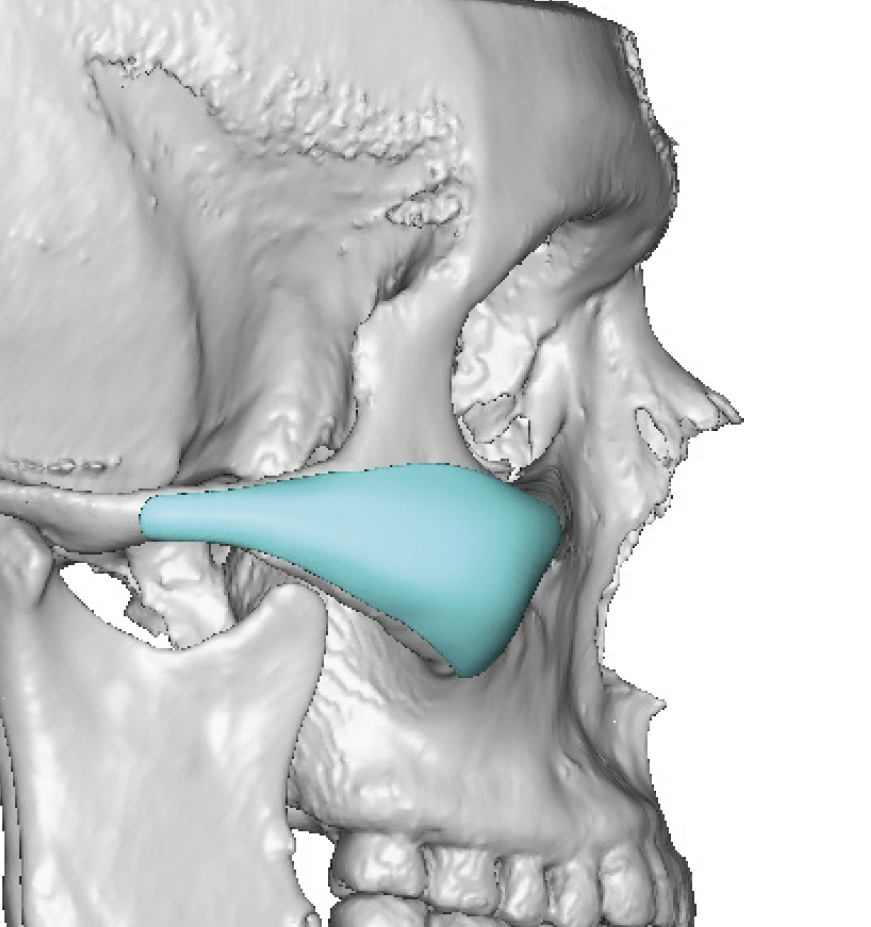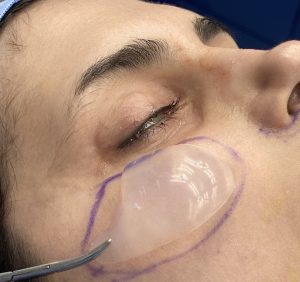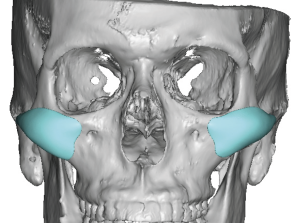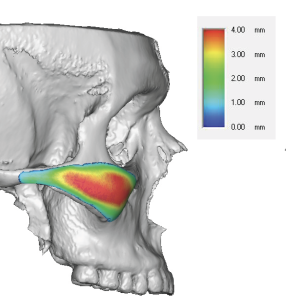Cheek implants are a common form of facial augmentation but there are numerous anatomic misconceptions about them. The cheeks are not a pure bone or soft tissue structure. Rather it is an aesthetic term myjhayt connotes a midfacial area. While there is underlying bony support to the overlying cheek region called the zygoma or cheekbone, it does not comprise the entire aesthetic cheek region. It comprises the upper half of the aesthetic cheek region. The lower half consists of soft tissues such as subcutaneous fat, masseteric fascia and the buccal fat pad.

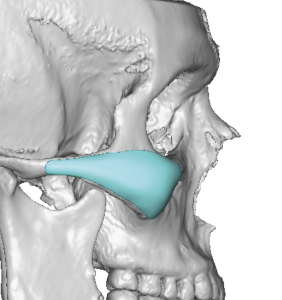
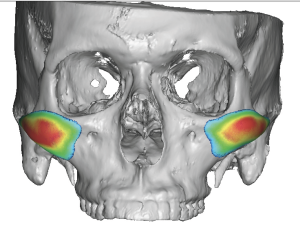
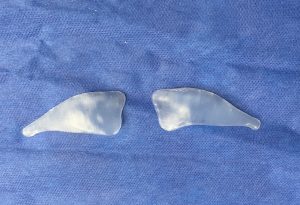
Dr. Barry Eppley
World-Renowned Plastic Surgeon

